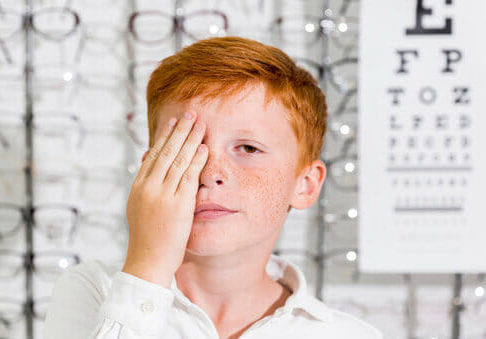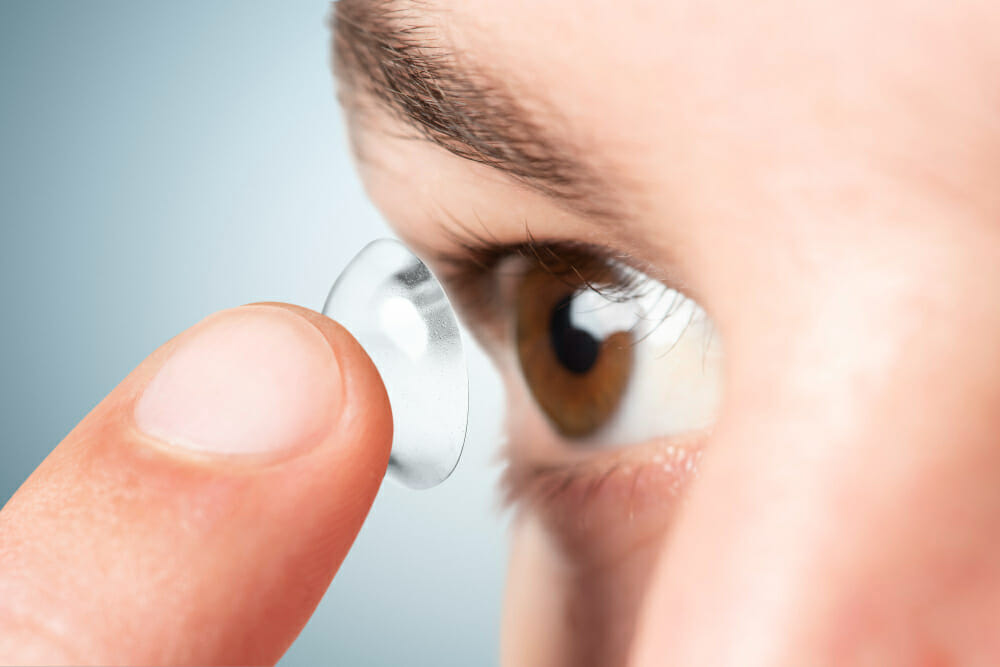
Optical illusions are one of the best reminders that vision is a system made up of more than just the eyes. It’s the brain that organizes the input it receives and determines what we see. Optical illusions take advantage of how our visual system works to create the mind-bending visuals we’ve all run into at some point.
Here is a look into another couple optical illusions
The Chubb Illusion

This illusion was discovered by Charles Chubb and his colleagues Sperling and Solomon in the late 1980s, during experiments with perceived contrast. In the image here, the gray circle on the simple gray background and the gray circle on the black and white, textured background, are identical, despite appearing to us as different shades of gray.
This can be explained through the concept of imperfect transmittance, which is where the brain has to see through ambiguity in order to perceive an object. (More practical examples are when we look at something from a distance or through fog.) When there is minimal light around the object, the brain attempts to determine its color and contrast by making an educated guess based on the background around the object.
As is the case here, that interpretation isn’t always correct.
The Poggendorff Illusion

Take a look at the image here. Does the black line look like it lines up with the blue line? The truth is, the black line lines up with the red one, as the second image reveals.
This illusion is named for Johann Poggendorff, the German physicist who first detailed this illusion in 1860. While it is clearly a demonstration of how our minds perceive depth and geometric shapes, there is no universally accepted explanation for it.
The most widely accepted theory, however, is that in this illusion our brain is trying to interpret the two dimensional image with three dimensional properties, and in the process it’s distorting the depth between the lines.
Shepard’s Table

The Shepard’s Table illusion was first created by American psychologist Robert Shepard in a book he published in 1990, and provides yet more evidence that our visual system is primarily influenced by our lived experiences with the world around us, to the point where it can mess with our view of reality.
In the image here, the two tables look to be of very different size and shape. In actuality, they are exactly the same! This animated illustration can prove it to you.
This is another illusion caused by the fact that our brain tries to interpret 2D images in the same way it interprets 3D ones. It perceives different sizes because of perspective foreshortening, which means that the closer an object is, the larger it appears on the retina.
Optical illusions are endlessly fascinating, both because they’re simply interesting to look at, and because they can teach us a lot about the visual system. Go explore some more optical illusions!







